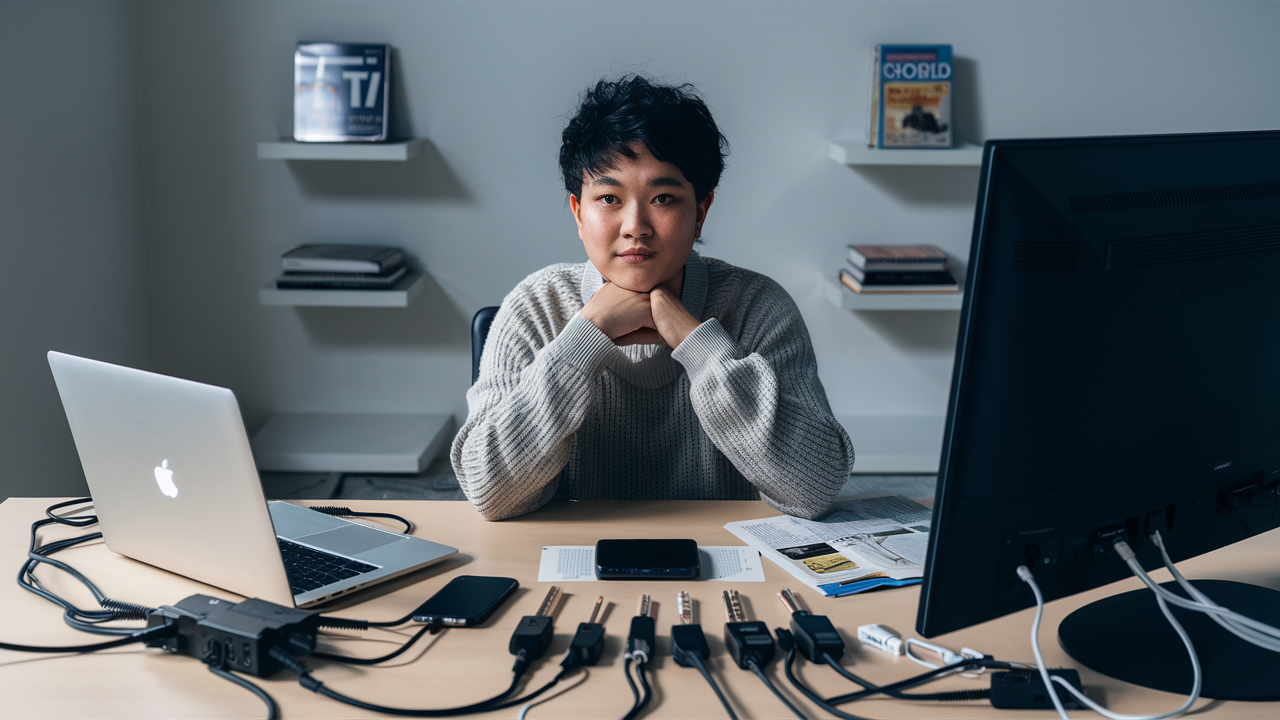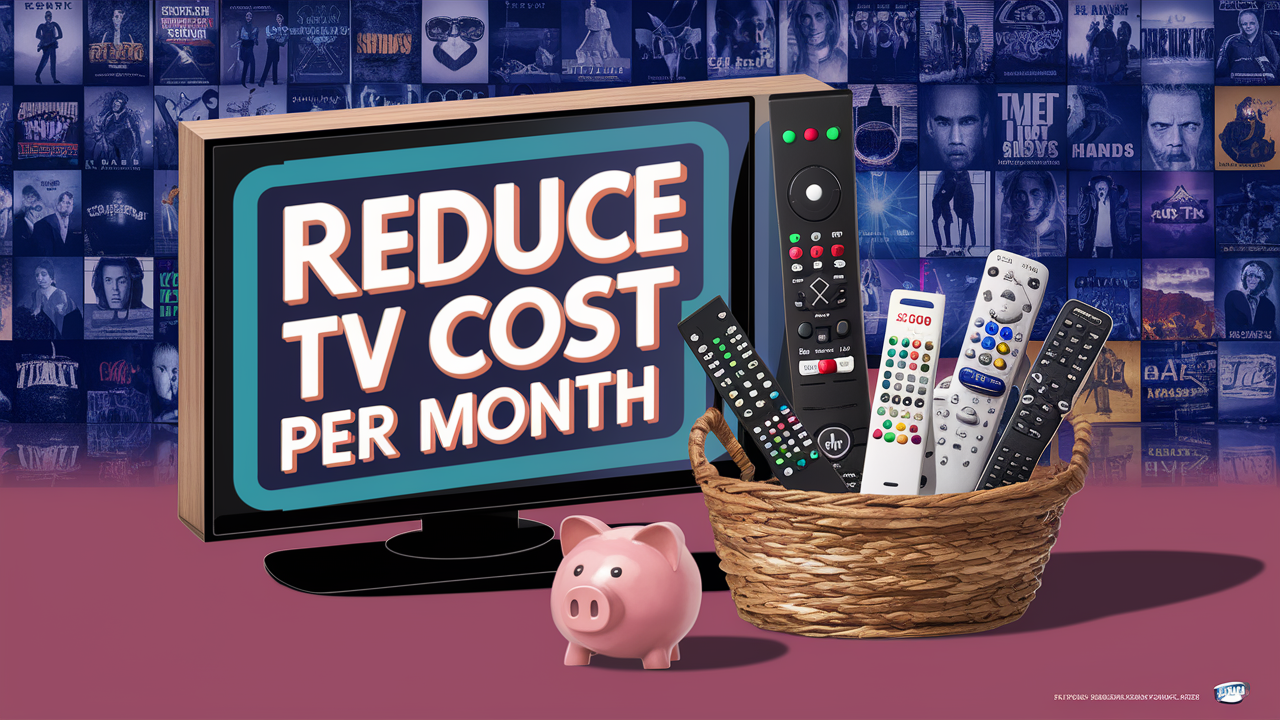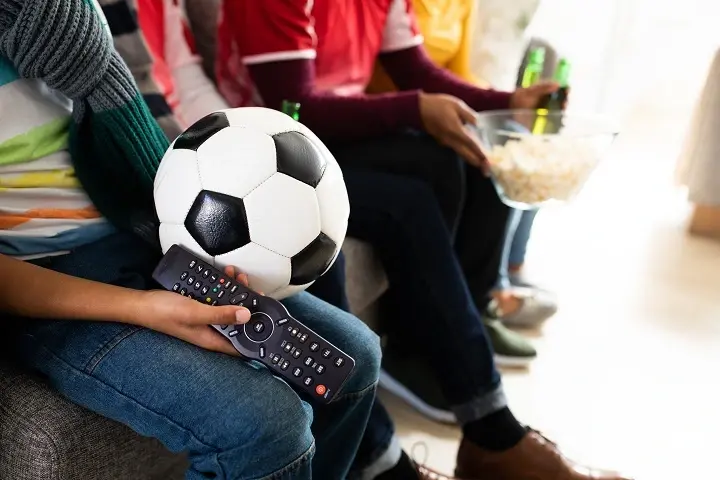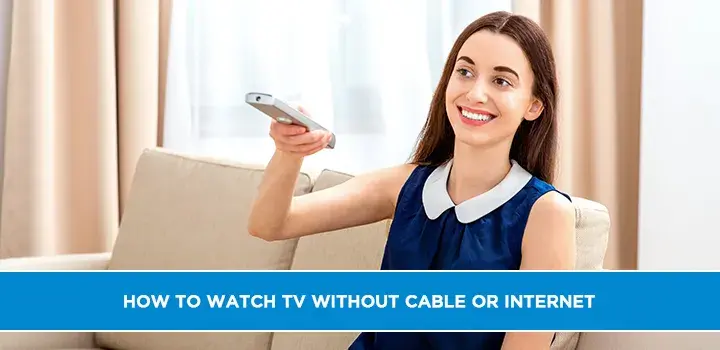How Does Cable TV Get to your House?
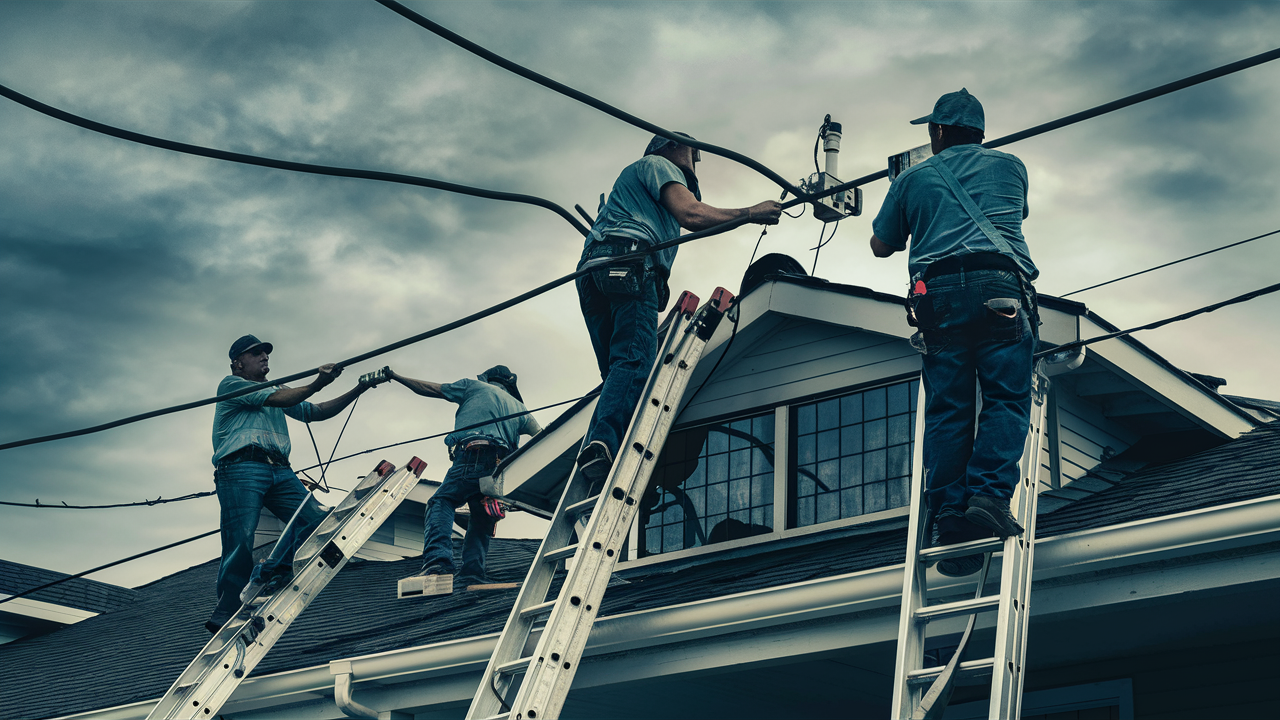
Whether you just ordered cable for the first time and have just moved into a new home or are just interested in how everything works, it is useful to know how the cable TV signal arrives at your house. Starting from the cable studios of the cable television provider down to the wires that have been run through the walls of your home, cable television is a technology marvel that delivers hundreds of channels at the flick of a button. Now let’s go through the steps of the process:
The Cable TV Studio
Although cable TV is a direct delivery system, it must first produce television content for customers to access in their homes. The stations such as ESPN, discovery, and HGTV among others have stations where programs, news, sports, and even movies are produced or relayed from satellite feeds. The cable company often also has a master control room, where they interleave local content into the feed.
The content from all these studios is then taken to the cable company's master control room, often through fiber optics that are buried in the ground. This is the level of control where the various channels are allocated frequencies and then bundled together in different channel baskets. For instance, an introductory offer may include over 70 channels for cable, while the top package deal will include over 200 channels. The cable operator has the discretion to determine which, and how many channels, to offer in different TV product tiers.
From the Master Control Room in NASA to Your Area
Once related channels are placed under various cable packages in master control, both analog and digital signals pass through coaxial ‘trunk’ cables to neighborhoods. These thick trunk cables may form aerial cables along the main streets or utility lines until they get to the vicinity of customer premises.
These amplifiers are located at various intervals so that the signals can be fortified as they traverse extended distances. When amplifiers are not used in signal delivery, customers will be exposed to poor signal reception or transmission. Microwave transmitters are also sometimes used in circumstances where the distance between trunk cable locations is very large and amplifiers alone cannot transmit signals between the two locations.
Signals are divided down to each street
These feeder cables branch out from the cable trunk at any local vicinity of a community and then they extend their course along street roads. Extra amplifiers are used to increase the feeder signal strength. tap boxes are placed along the feeder cables branching off the signals and running partly down the coaxial cables which are even shorter in length going down to a block or even a section of homes.
Still, more amps are required to retain signal strength as they get divided and attenuated further by every tap box. Currently, hundreds of cable channels are being fed to other locations by this branching network from one initial master control room.
Entering the Home
The last street-level tap box is connected with one individual coaxial line which takes the total cable signal to your home. It is a half-inch thick cable that is inserted through a drilled hole directly into a pre-existing conduit in your basement or utility room. There can be an extra amplifier located before that cable enters to provide signal levels at least through the last meters of your Television.
Once indoors the cable line is connected to a grounded splitter that splits the channel into several outgoes – typically the number of places you wish to watch in your house. From these splitter outputs, further coaxial cables pass through walls and ceilings and terminate at the cable jacks in different rooms.
Understanding the submission of Signals to the TV Screen
Depending on what you are using to connect your television to the wall jack, the analog and digital signals get to your television through the coaxial port. For this to be converted to video, the TV then only selects and decodes the individual channels required through its tuner.
If an analog channel, it is converted into video and audio simultaneously. For the digital channel, the TV tuner can decrypt the channel so that only the subscribers are to be given authorized content. The digital video and audio data then gets decoded by circuitry chips within the TV as per the details mentioned in the above figure.
Last but not least, the analog as well as the digital video content that has been decoded here, forms part of the viewable programs that are visible on your screen. The TV is then able to simply match the video signals with their appropriate audio tracks for the media to play at the right time.
Understanding the Pathway
And that right there, my friends, is how it’s done. The way we can switch on a television and select between a wide variety of HD channels isn’t understood by most people but it involves an enormous amount of work continuously behind the scenes. TV cable signals have to go for several miles in specified cable networks and amplifiers all over entire cities before getting to our home entertainment systems.
Different broadcast stations and programs, cables laid for hundreds of miles, signals getting divided in sequence, signals getting weaker and stronger, final connection to houses and the Television sets- there are hundreds of components that need to be in harmony for cable TV reception. And now you are aware of what goes on in your house when you press that button on your plasma screen!
Ready to upgrade your internet experience? Call us now at +1 844-349-7575 to explore the best Cox Internet plans for your needs!
